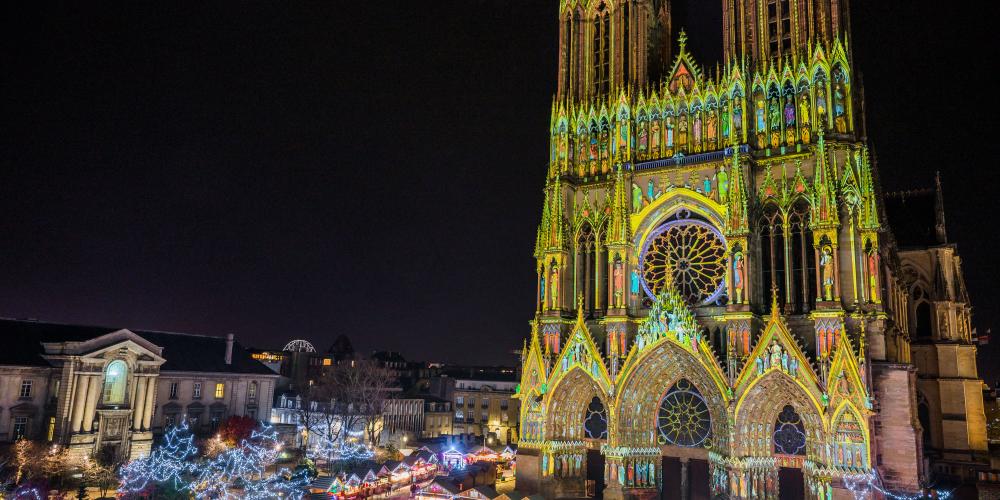Discover Europe through its Christmas markets

Itinerary - 10 days and more if you can't resist
Day 1 - London, United Kingdom
Go to the enchanting and magical atmosphere at the Royal Gardens of Kew. Take the time to discover one of the largest botanical collections in the world, as well as many attractions such as the Hive, originally designed for the Milan World Expo in 2015. During November- January each year, Kew brings together light artists from around the globe to create bespoke pieces for 'Christmas at Kew' - an experience not to be missed. Everything here smells of Christmas holidays: the bright colours, the 1 mile illuminated trail, Christmas food, Christmas carols and many more unique entertainments.
Day 2 - London, United Kingdom
Winter is a great time to visit London, when the streets are less crowded and the prices more affordable. London takes great pride in its Christmas lights and decorations, which shine brightly for the occasion. There are plenty of Christmas markets to choose from, such as the Winter Wonderland at Hyde Park and Christmas By The River at London Bridge. Try a unique Christmas experience at the other World Heritage sites in London - such as ice skating at the foot of the Tower of London or the Greenwich Winter Time Festival at the Maritime Greenwich World Heritage Site, with the iconic Cutty Sark and river Thames as a backdrop.
Day 3 - Reims, France
Cross the Channel with the Eurostar and head to Reims - home to France's 3rd largest Christmas market. During the day, stroll the streets of this beautiful City of many Coronations and discover the World Heritage property Notre-Dame Cathedral, which played a central role in France’s history for 800 years as the venue for the coronations of 25 sovereigns. Don't miss the opportunity to learn about its incredible history and architecture by taking a guided tour into its towers. Marvel at the impressive contemporary stained glass windows by leading artists Marc Chagall and Imi Knoebel. Reims has plenty of unique gourmet delicacies to offer, including incredible cheeses, wine and of course, champagne. Reims is home to some of the world's most well-known Champagne Houses, such as Taittenger, Veuve Clicquot and Pommery, as well as smaller independent houses. Finish your day by visiting the 145 stalls at the Christmas market, as well as the Children's Kingdom and the Craft Market in the Palace of Tau courtyard.
Day 4: Epernay and the Champagne vineyards
Discover the Caves de Champagne, registered since 2015 on the World Heritage List on a guided tour or by using the Avenue de Champagne online mobile app. Spread over 33,000 hectares, the Champagne appellation has more than 15,000 wine growers, 300 champagne houses and 140 cooperatives. Nearly 450 of them open their doors to visitors. Many cellars invite you to taste their wines and champagnes in their chalk quarries while they tell you the fascinating stories and history of champagne production. Epernay is a short train ride or drive from Reims, and is home to the Avenue de Champagne, known as "the Champs-Elysées de la Champagne". On the 14, 15 and 16 December 2018, Epernay will once again host its major 'Habits de Lumiere' festival, which includes a sound and light show, a parade and fireworks. They also organise major gastronomy events bringing together some of the region's starred chefs for cooking demonstrations and champagne pairings open to the public.
Day 5: Essen, Germany
Welcome to the country of Christmas markets. Essen is about 4h 30 mins by car or train from Reims. Stroll the city centre of Essen, which is entirely pedestrian. During the Christmas period, the city illuminates under a canopy of 45,000 lights, for the 'Festival of Lights' There are over 200 stalls at the city's International Christmas market. Travel back in time at the medieval market and check out the nativity spectacle in Flachsmarkt Square.
Day 6: Zollverein, Germany
Today you will visit one of the cultural and industrial higlights of the region - Zollverein Coal Mine Industrial Complex in Essen, a World Heritage site. The site is often described as one of the most beautiful coal mines in the world - and it is now home to a hub of cultural activity. After you have finished a tour with one of the former miners, you can spend the afternoon discovering its many art exhibits and demonstrations. From December to early January, the industrial site is transformed into a winter wonderland, with a small Christmas village covered in lights. It also has a huge skating rink where young and old are invited to put on their skates. You can even try your hand at the sport of curling!
Day 7: Goslar, Germany
Today you will head to Golsar by train, which will take around 3 hours 30 minutes. You will see how beautifully the winter covers the surrounding forests in the Harz region with snow and the many winter activities for you to enjoy: downhill or cross-country skiing, snowshoeing, snowboarding, curling etc. The Christmas market in Goslar is very unique. Every year it lights up in the glow of festive decorations and the taunting aromas of cinnamon, baked apples, and roast almonds that tickle your senses. Close to the main square, you can discover the Christmas forest which consists of dozens of trees lit by garlands.
Day 8: Goslar, Germany
Today you will visit the other part of the World Heritage site, the Mines of Rammelsberg - which are not to be missed. The mine's wealth, at the beginning of the 11th century, shaped the city of Goslar, which remained the residence of German kings and emperors until 1253. Relive the experience of the ancient miners by exploring the tunnels dug into the rock. Once in the center of the earth, let yourself be amazed by an underground Christmas market. The Christmas market in the "Röderstollen" gallery, lit by candlelight, is an unforgettable experience.
Days 9-10+: Falun, Sweden
Fly to Stockholm and take the train from the airport to Falun. A Swedish Christmas experience is truly special and you will discover a range of unique local traditions here in the Dalarna region. Winter in the region is magical with the snow highlighting the famous Falun red paint of the houses and candles displayed in every window. You can visit the Falun Mine all year round, and take a tour deep into its tunnels. You will hear incredible stories of enginuity and hardship as you learn how life was for the generations of workers who toiled below the surface. Dalarna region is also home to some of Sweden's most celebrated artists such as Anders Zorn and Carl Larsson, and you can step into their worlds by visiting their homes, which are open to the public. Stroll down the aisles of Sweden's largest Christmas market in Falun, and taste all the Swedish culinary specialities - especially the irresistibly warming 'glogg' - Swedish mulled wine. If you're feeling active, there are also plenty of winter sports in the region to try. If you happen to be in Falun on the 13 December, you may be lucky enough to witness the Saint Lucia ceremony in the galleries of the Falun mine. Accompanied by a guide with a lantern, you will enter the underground chamber lit by candles. After some time, a beautiful song will drift in from one of the galleries as a procession of singing girls enter the chamber dressed in white.







